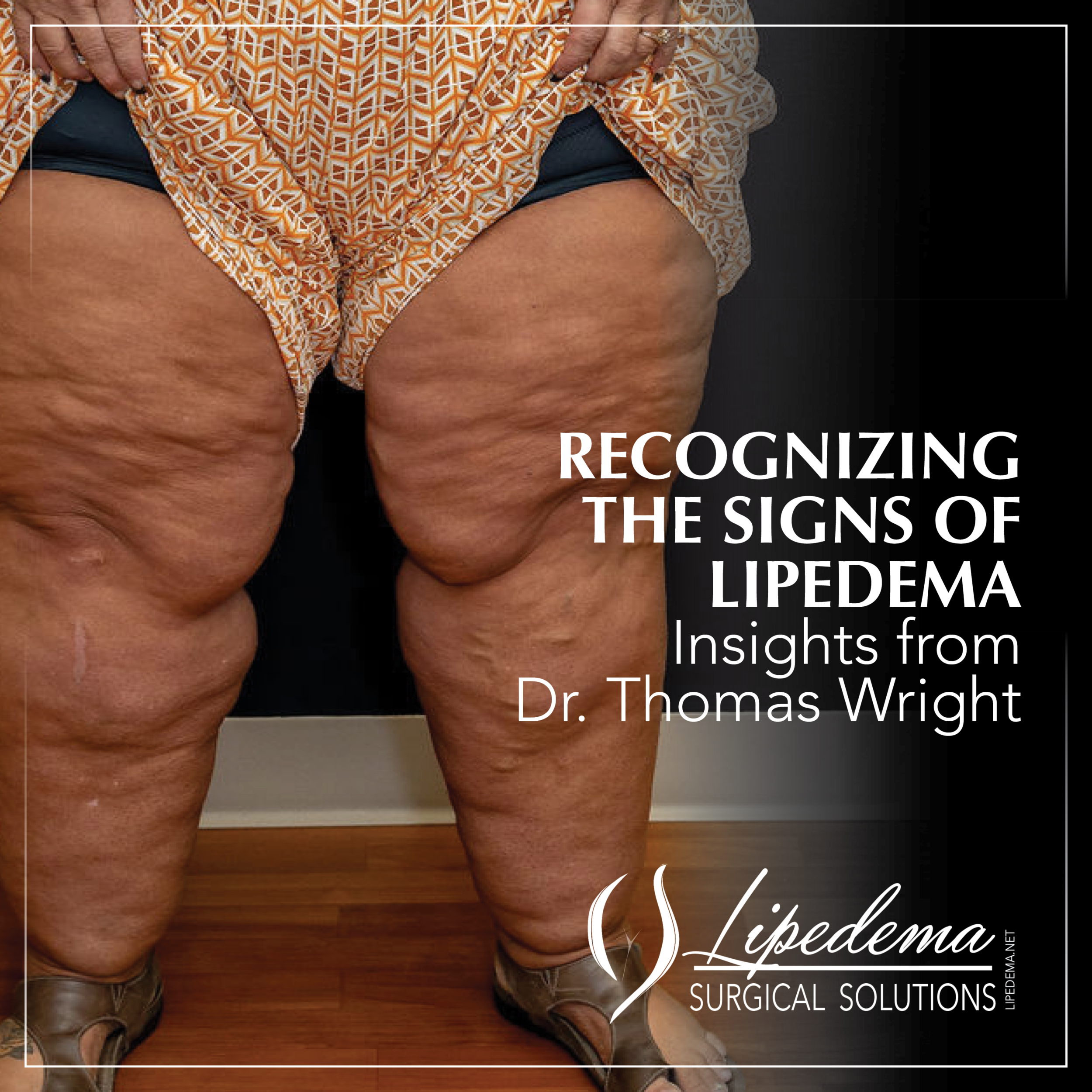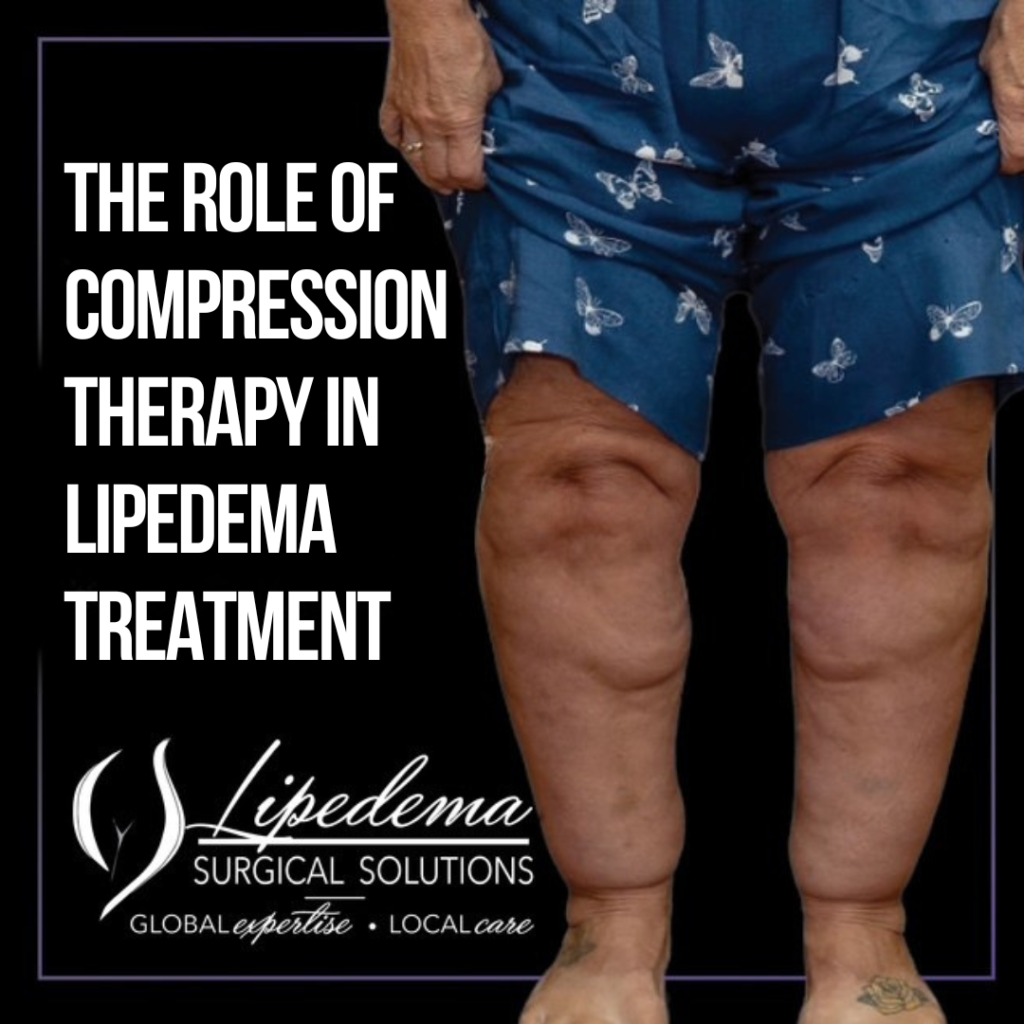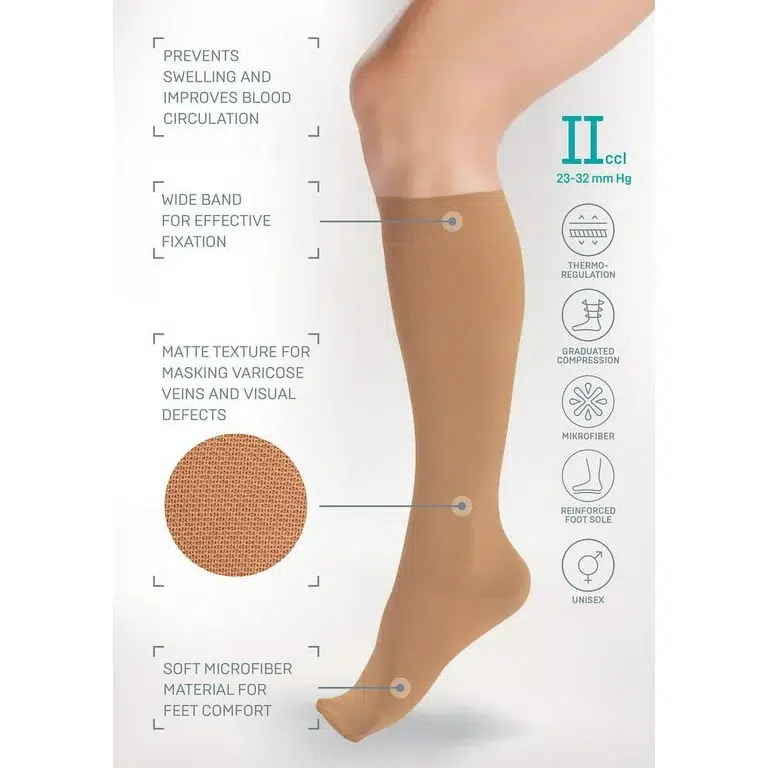Lipedema is a chronic and progressive condition that affects millions of women worldwide, leading to disproportionate fat accumulation, primarily in the legs, hips, buttocks, and arms. It is often misdiagnosed as obesity or lymphedema, causing many patients to go untreated for years. While there is no definitive cure for lipedema, early intervention and proper management strategies can significantly improve quality of life.
One of the most effective non-surgical treatments for managing lipedema symptoms is compression therapy. By applying consistent pressure to affected areas, compression therapy can help reduce swelling, ease pain, improve circulation, and enhance mobility. Let’s explore how compression therapy works, the different types available, and how to maximize its benefits for long-term lipedema management.
How Compression Therapy Helps Manage Lipedema
Lipedema is characterized by excess fat deposits that are resistant to diet and exercise, often accompanied by pain, swelling, and easy bruising. One of the biggest challenges for lipedema patients is fluid retention, which can worsen symptoms and lead to secondary lymphedema (lipolymphedema) if left untreated.
Compression therapy is designed to:
- Reduce Swelling (Edema) – By gently compressing the tissues, compression garments help move excess fluid out of the affected areas, preventing swelling and discomfort.
- Improve Lymphatic Drainage – Many lipedema patients have lymphatic dysfunction, making it difficult for their bodies to drain waste and fluids naturally. Compression therapy aids this process by promoting better lymph flow.
- Enhance Circulation – Poor circulation in lipedema-affected areas can lead to heaviness, pain, and fatigue. Compression garments support healthy blood flow, reducing these symptoms.
- Alleviate Pain & Discomfort – Many lipedema patients experience tenderness, aching, and burning sensations. Compression garments reduce sensitivity and improve comfort throughout the day.
- Prevent Progression to Lipolymphedema – When left untreated, lipedema can lead to severe lymphatic impairment. Compression therapy plays a key role in preventing further complications.
For many individuals, incorporating compression therapy into daily routines helps them stay active, mobile, and comfortable, making it an essential tool in lipedema management.

Types of Compression Therapy for Lipedema
Not all compression garments are created equal. Choosing the right type of compression is essential to ensuring maximum benefit while maintaining comfort. Here are the primary options available:
1. Medical-Grade Compression Stockings
Designed to provide controlled pressure to the legs, supporting circulation and reducing swelling.
Available in various compression levels, from mild (15-20 mmHg) to high (30-40 mmHg).
Best for daily wear to maintain fluid balance and minimize pain.
2. Compression Leggings and Garments
Cover larger areas of the body, including the thighs, hips, and buttocks, where lipedema fat commonly accumulates.
Offer better overall support compared to stockings alone.
Available in custom-fitted designs for better comfort and effectiveness.
3. Compression Pumps (Pneumatic Compression Devices)
These are specialized devices that use intermittent pneumatic compression (IPC) to stimulate circulation and lymphatic flow.
Recommended for severe cases of lipedema or lipolymphedema where fluid retention is significant.
Often used at home as part of a comprehensive treatment plan under medical supervision.
4. Custom Compression Garments for Advanced Cases
Some patients require made-to-measure compression garments tailored to their unique body shape.
These are essential for individuals with irregular swelling patterns or advanced-stage lipedema.
Provides optimal comfort, coverage, and effectiveness.
Each of these compression options serves a different purpose. Consulting with a specialist ensures that you receive the best compression therapy for your specific needs.
How to Choose the Right Compression Wear
When selecting compression garments for lipedema, several factors must be considered to ensure comfort, effectiveness, and long-term compliance:
Compression Level – Start with 20-30 mmHg for mild lipedema, increasing to 30-40 mmHg for more severe cases.
Proper Fit – Compression garments should be snug but not painful. Loose garments won’t provide enough support, while overly tight garments can restrict circulation.
Material & Breathability – Choose garments made from moisture-wicking, breathable fabrics to enhance comfort.
Ease of Use – Some patients struggle to put on high-compression garments. Look for zippered or open-toe options if needed.
Durability – Compression garments should be high-quality and long-lasting, as daily wear and washing can break down lower-quality materials.
Working with a lymphedema therapist or vascular specialist ensures that you get the correct size, style, and pressure level for your needs.
Maximizing the Benefits of Compression Therapy
While compression therapy is effective on its own, combining it with other treatments can enhance its benefits and improve overall symptom management.
1. Manual Lymphatic Drainage (MLD)
- A specialized gentle massage technique that helps move excess fluid through the lymphatic system.
- Often used in combination with compression therapy for maximum effectiveness.
2. Low-Impact Exercise
- Activities like walking, swimming, yoga, and rebounding help improve lymphatic flow and circulation.
- Compression garments should be worn during exercise to support mobility and minimize discomfort.
3. Anti-Inflammatory Diet
- Eating a low-inflammatory, high-nutrient diet helps reduce fluid retention, inflammation, and pain.
- Focus on whole foods, lean proteins, healthy fats, and fiber-rich vegetables.
4. Consistency in Wearing Compression Garments
- For the best results, compression therapy should be worn daily and replaced every 3-6 months to maintain proper elasticity and pressure.
- Wearing compression garments first thing in the morning helps prevent swelling throughout the day.
By combining compression therapy with a well-rounded lipedema management plan, patients can experience better symptom control, reduced pain, and improved mobility.
Take the Next Step in Lipedema Care
If you or a loved one has lipedema, compression therapy can make a profound difference in day-to-day comfort and overall health. Managing symptoms early can prevent complications and improve long-term outcomes.
At Lipedema.net, we specialize in personalized treatment plans to help patients find relief and take control of their health. If you’re interested in learning more about compression therapy or other lipedema treatments, contact our team today for expert guidance and support.


